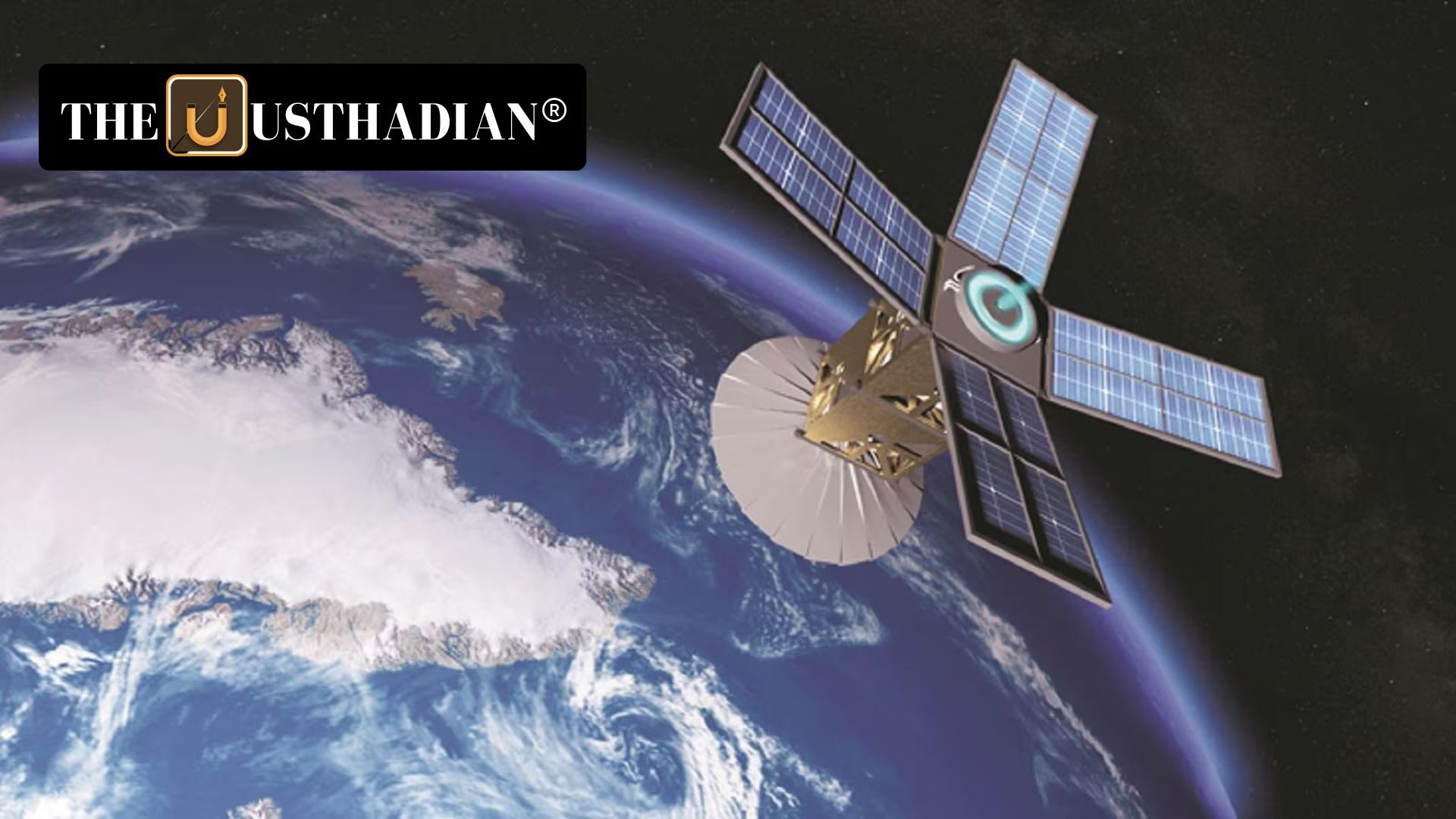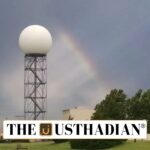India’s Private Space Ambition Takes Flight
Digantara’s SCOT Mission: Tracking India’s Leap in Space Surveillance : India’s space journey hit another milestone on January 14, 2025, with the launch of SCOT (Space Camera for Object Tracking) by Indian startup Digantara. This wasn’t just a routine satellite launch—it marked a defining moment for India’s private sector in the field of Space Situational Awareness (SSA). SCOT aims to protect satellites from space debris and track even the tiniest objects in Low Earth Orbit (LEO). The mission highlights how India’s startups are rising to match global players in advanced space technology.
What Makes SCOT Special?
SCOT is not an ordinary satellite. Its main job is to keep a watchful eye on Resident Space Objects (RSOs), especially those as small as 5 cm in LEO. Tracking such small particles is crucial because even tiny debris can cause massive damage to operational satellites. SCOT is one of the first commercial SSA satellites globally, and its precision technology is expected to improve safety and awareness in Earth’s crowded orbital pathways.
A Historic Launch With SpaceX
The SCOT satellite was launched aboard SpaceX’s Transporter-12 rocket from Vandenberg Space Force Base, California. It successfully established contact with the ground station shortly after launch. This event shows how Indian space startups are now collaborating with major international space agencies like SpaceX to scale up their missions and capabilities.
Eyes on the Orbit: Why SCOT’s Role Matters
SCOT is designed to operate in a sun-synchronous orbit, which means it gets consistent lighting conditions, ideal for monitoring objects regardless of time or weather. This gives SCOT a huge advantage over older systems that rely on limited visibility windows. The satellite is expected to increase revisit rates—how often an object is observed—which is essential for accurate space tracking.
National Security and Financial Backing
With growing interest in space security, missions like SCOT are no longer just scientific—they’re strategic. Backed by Aditya Birla Ventures and SIDBI, the project also enjoys strong financial support. This sends a message that space safety is now seen as a national interest priority. The Indian government is encouraging such efforts to secure the country’s space-based infrastructure, including communication, weather, and military satellites.
Recognition and Broader Impact
Prime Minister Narendra Modi personally congratulated Digantara on their successful launch, showing the government’s support for India’s startup ecosystem in high-tech fields. The launch was also celebrated during National Startup Day, signaling the growing importance of private players in space innovation. Alongside SCOT, another Indian company, Pixxel, launched three satellites—proving that Indian space startups are gaining real momentum on the global stage.
Static GK Snapshot
Digantara’s SCOT Mission: Tracking India’s Leap in Space Surveillance :
| Topic | Fact |
| Mission Name | SCOT (Space Camera for Object Tracking) |
| Organization | Digantara (Indian space startup) |
| Launch Date | January 14, 2025 |
| Launch Vehicle | SpaceX Transporter-12 (Vandenberg, USA) |
| Orbit | Sun-Synchronous Orbit |
| Key Capability | Tracks space objects as small as 5 cm in Low Earth Orbit |
| Field | Space Situational Awareness (SSA) |
| Funding Partners | Aditya Birla Ventures, SIDBI |
| Other Indian Startup Involved | Pixxel (launched 3 Firefly satellites in same mission) |








